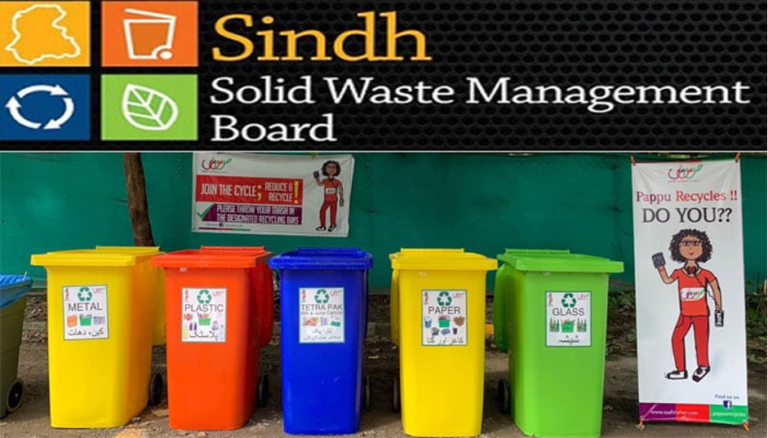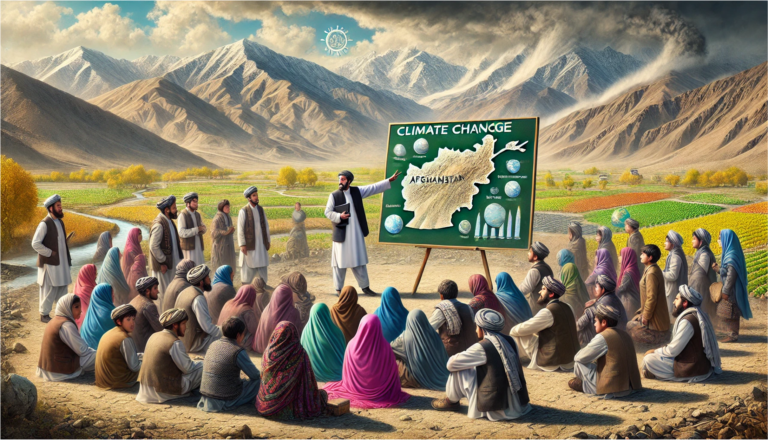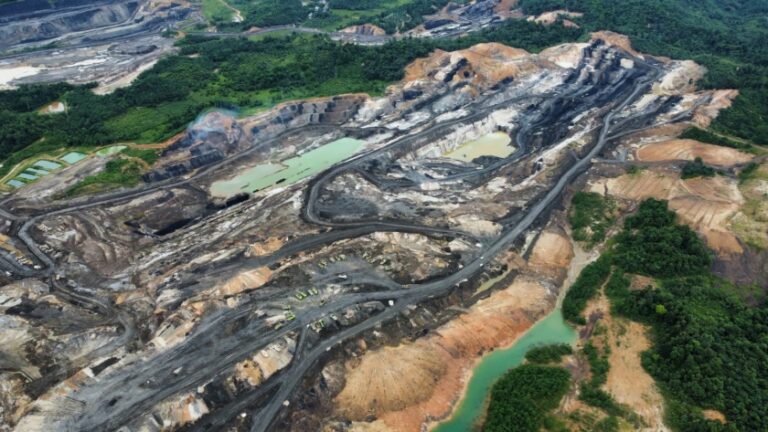From the past few years with the winter season coming, a suffocating layer of smog settles over the big cities of Pakistan like Lahore, Faisalabad and Rawalpindi severely affecting air quality and public health. In Lahore the Air Quality Index has often reached dangerous levels sometimes exceeding 400 which is far worse than the World Health Organization’s safe limit of 100. People struggle to breath, children stay indoors and schools and offices are closed. Despite having a National Clean Air Policy, aiming to improve air quality this issue of smog keeps returning every year. So, with its arrival it brings some questions also; why is the policy failing? Is it the lack of implementation or there are other factors at play?
National Clean Air Policy (NCAP) of Pakistan
National Clean Air Policy of Pakistan (NCAP) is developed by the Ministry of Climate Change, which aims to reduce air pollution, targeting five sectors: transport, agriculture, industry, waste and households. The policy includes some important measures like improving fuel quality, banning crop burning, enforcing industrial emission controls, better waste management and promoting low emission cooking technologies. The goal is to reduce emissions by 38% by 2030, it sounds great right? But the truth is, the smog keeps us suffocating every year, so what is missing?
Smog Crisis: Causes and Health Impacts
There are several factors contributing to the issue of smog in Pakistan, it’s not just one problem it’s a mix of these below factors.
- Vehicle Emissions: The number of vehicles on road has been increased in the recent years. Many of these are old, emitting harmful gases without proper emission controls which significantly worsen the air quality.
- Industrial Pollution: Our factories in the industrial zones are also big contributors emitting pollutant without following environmental regulations contributing to the smog.
- Crop Burning: Every year farmers burn crop residues to clear their fields quickly and cheaply and release large amount of smoke into the air. This problem is particularly bad in Punjab but its not just a local issue, Indian farmers also contribute to this as the smog drifts across borders and create a transboundary pollution crisis.
- Urbanization: Cities are growing rapidly but we are not keeping up with infrastructure. Dust from construction sites, unpaved roads and poor urban planning adds to the pollution in cities.
The health impacts of this smog are devastating leading to serious respiratory allergies, heart diseases and even lung cancer. According to World health Organization life expectancy of people living in the these polluted regions of Pakistan is reduced by three years. Smog also reduces crop yields and threatening the food security as Pakistan is an agricultural country depending much on its agriculture sector.
Gaps in Implementation of NCAP
- Weak Enforcement and Governance: The lack of strict enforcement is a serious issue as many industries and vehicles continue to violate regulations because there are minimal penalties for those who break rules. Additionally, air quality monitoring system are not sufficient enough which limits the government s’ ability to take timely action.
- Ineffective Crop Burning Ban: The NCAP calls for ban on crop burning but still farmers burn their crop residues because it is the cheapest method available to them. The government has failed to provide them financial incentives or sufficient alternatives which encourage them to adopt more sustainable practice.
- Limited Air Quality Monitoring: Though the NCAP emphasizes on the need for improved air quality monitoring but the monitoring stations are not sufficient. Without real time data authorities face difficulties to respond quickly during smog episodes.
- Slow Transition to Cleaner Technologies: The policy promotes the adoption of cleaner technologies such as improved cookstoves and electric vehicles but the transition has been slow. The reason behind that is high cost of these technologies and insufficient infrastructure. Without subsidies and easy access people will not prefer switching to cleaner alternatives.
Other Factors Contributing to this Crisis
Policy gaps are not only the reason behind this smog crisis, there are some systematic issues which also contribute to the ongoing problem of smog, which further limit the NCAP effectiveness.
Cross border pollution: Smog in Pakistan is often worsened by pollution from neighbouring India. The burning of crop residue in the Indian state like Punjab directly impact areas in Pakistan particularly during winter season. This issue requires both countries to cooperate and find a solution to reduce crop burning.
Lack of Awareness: Most of people are still not aware of dangers of air pollution. Due to lack of awareness, they overlook these dangers and continue using old vehicles, coal burning and wood burning stoves. Public awareness campaigns are very important in order to change public behaviour.
Political Will: While the policy provides a framework for improving air quality but its success depends on strong political will. Policy decisions are often made in haste without considering the long-term investment or coordination for its successful implementation. Ensuring accountability and consistency is very important for the success of a policy.
Recommendation for Bridging the Gaps
In order to tackle this smog issue, Pakistan must address the gaps in NCAP s’ implementation. following are some ways to bridge the gaps:
Strengthening Enforcement: The government must enforce strict rules and made sure that industries and public are following regulations by giving penalties for non-compliance with emission standards.
Support for Farmers: The government should provide subsidies and incentives for farmers which will help them in adopting alternative methods.
Better Monitoring: Establishing more air quality monitoring system will provide real time data which will help authorities to respond quickly to pollution spikes and help in decision making.
Accelerates Transition to Clean Technologies: To speed up the transition to cleaner technologies, the government should provide subsidies and tax breaks. Building the necessary infrastructure is also very crucial in the adoption of these technologies.
Regional Cooperation: Pakistan must engage with India to solves these cross-border issues of smog. Joint effort to reduce crop burning on both sides of the border could significantly alleviate smog crisis.
Conclusion
The national clean air policy provides a framework but Pakistan continues to face severe smog episodes mainly due to week enforcement, slow transition to clean technologies and lack of awareness. While the policy offers a way forward, its success depends on addressing the gaps in implementation. Strengthening enforcement, accelerating the adoption of clean technologies, improving air quality monitoring, supporting sustainable farming practices and fostering regional cooperation are the crucial steps in solving this crisis. The solutions are within our reach we just need the commitment to make them reality. Clean air is not a luxury it is our right, it’s time for the government, farmers, industries and every citizen to act. Together we can clean the air and create a healthier future for Pakistan.










+ There are no comments
Add yours